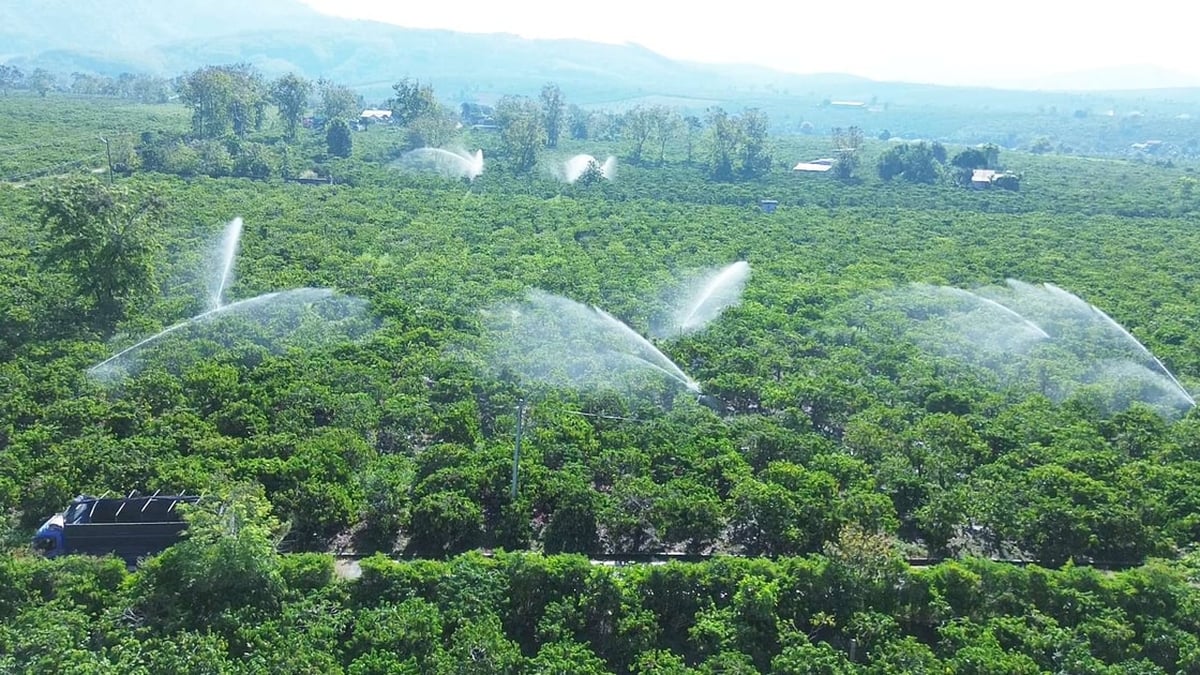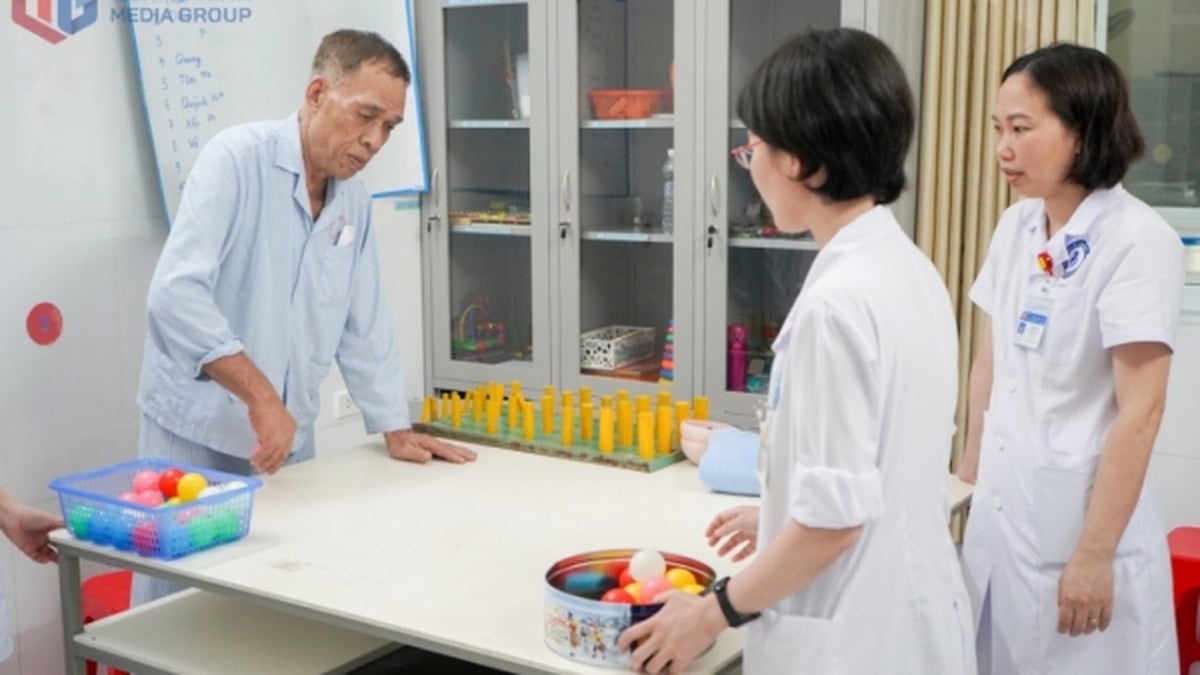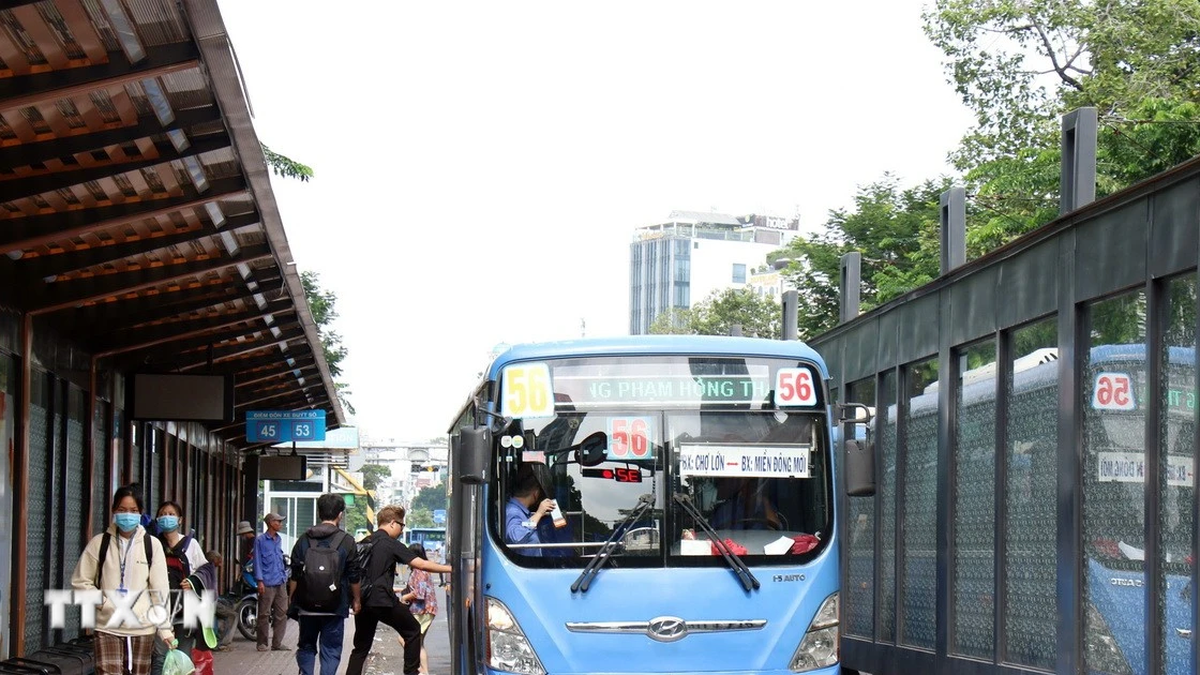
Is it a burden for actors to receive high salaries?
The Korean drama "Queen of Tears" produced by Studio Dragon is currently creating a global fever. Because this work invested up to 40 billion won in production costs for 16 episodes, its success has attracted a lot of public attention.
Recently, news about the male lead Kim Soo Hyun's salary has become a controversial topic. It is reported that Kim Soo Hyun has proactively asked to reduce his salary to 300 million won/episode (a total of 16 episodes is about 88 billion VND) to reduce the burden on the producer, in the context of the Korean film industry facing difficulties.
But many people are still upset because A-list stars receive too high salaries, causing production costs to increase.
However, according to The Bell: “From the perspective of the manufacturing company, such large-scale investments do not pose as much of a burden as is generally feared. As production costs increase, the scale of revenue and profits earned by the manufacturing company also increases.”
In this case, Studio Dragon had already completed its investment recovery even before the film aired.

The profit structure from the television business stipulates that the production company can recover part of the production costs before releasing the film, through revenue from the television station (broadcast fee) or advertising revenue.
However, with the emergence of global OTT (streaming platforms) like Netflix and the “simultaneous broadcast” model, the profit structure has changed.
Five years ago, the production cost of each episode of a Korean drama was around 500-700 million won, and a total of 16 episodes could hardly exceed 10 billion won. If the production cost increases, the return on investment will definitely decrease. Since the drama is only broadcast on television, there will be limits on broadcasting fees and advertising revenue.
However, due to competition between OTTs, many big-budget blockbusters (mega IPs) are being released, costing billions of won per episode. This means that production companies have another large source of revenue from OTT.

"Queen of Tears" recoups capital before airing
In the case of a film with a huge production cost like “Queen of Tears,” the estimated recovery rate through tvN’s broadcasting fee is around 50%. Studio Dragon aims to recoup the cost and earn the remaining profit from Netflix.
Overall, blockbusters produced with pre-sale rights are almost confirmed. Studio Dragon has signed a content deal with Netflix from 2020 to 2022 for 6 films at a time, and 2 original films per year.
Under the terms of the deal at the time, Netflix’s return on investment was 60% of production costs. Big IPs were said to command a premium of much higher than that.
Considering that Netflix bought the rights to “Mr. Sunshine” (2018) and “The King: Eternal Monarch” (2020) with a 70% return on investment, “Queen of Tears” is estimated to have secured at least 70% of its production costs from Netflix. In other words, the broadcast fee (50%) and the pre-sale fee from Netflix (70%) have exceeded the break-even point (BEP) for the producer.

"Queen of Tears received a higher return on investment than other works. Because the name value of screenwriter Park Ji Eun and actor Kim Soo Hyun is very high," said an industry insider.
Assuming “Queen of Tears” earns at least 20 billion won in broadcasting fees and 28 billion won in pre-sale fees on Netflix, Studio Dragon has secured a 20 percent profit, even without counting other profits.
Additionally, Studio Dragon can earn additional revenue through advertising sales, soundtracks, and domestic VOD services.
As the viewership ratings continue to rise, Studio Dragon will receive more incentives from tvN. The incentives are usually 7% of the production costs. In the case of “Queen of Tears,” it was around 2.8 billion won.
In the future, the manufacturer can also profit from selling copyrights to other countries.
Source link






















































![[Maritime News] More than 80% of global container shipping capacity is in the hands of MSC and major shipping alliances](https://vphoto.vietnam.vn/thumb/402x226/vietnam/resource/IMAGE/2025/7/16/6b4d586c984b4cbf8c5680352b9eaeb0)











































Comment (0)